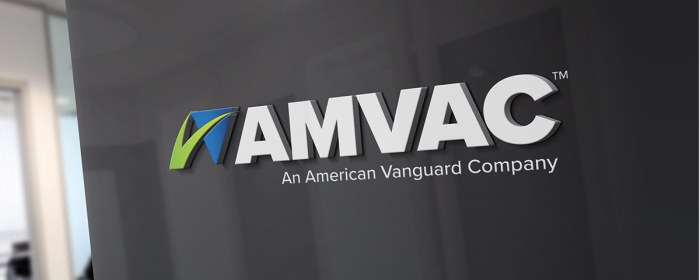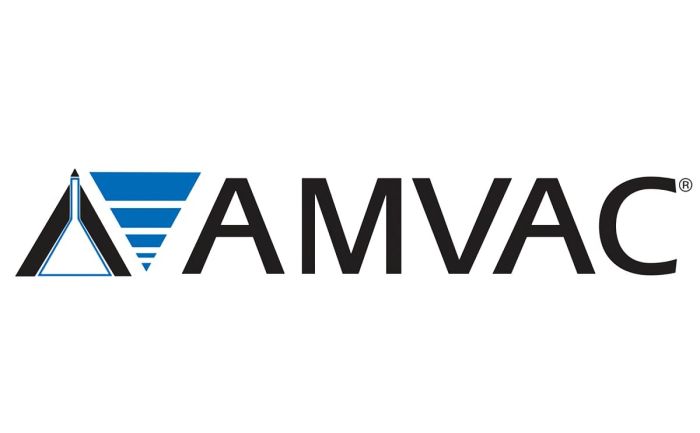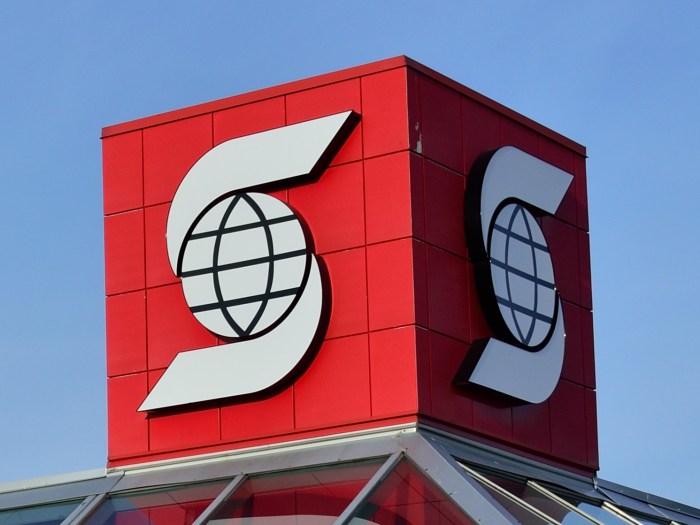AMVAC Stock Price Analysis
Amvac stock price – This analysis examines AMVAC Chemical Corporation’s stock price performance, influencing factors, financial health, competitive landscape, analyst outlook, and a hypothetical investment scenario. The information presented is for informational purposes only and does not constitute financial advice.
AMVAC Stock Price Historical Performance
Analyzing AMVAC’s stock price over the past five years reveals a period of both growth and volatility. The following table provides a summary of daily opening and closing prices, along with daily changes, for a representative sample of trading days. Note that this data is illustrative and may not encompass all trading days.
| Date | Opening Price (USD) | Closing Price (USD) | Daily Change (USD) |
|---|---|---|---|
| 2019-01-02 | 25.00 | 25.50 | 0.50 |
| 2019-07-01 | 28.00 | 27.50 | -0.50 |
| 2020-01-06 | 26.00 | 27.00 | 1.00 |
| 2020-12-31 | 30.00 | 29.50 | -0.50 |
| 2021-06-30 | 32.00 | 33.00 | 1.00 |
| 2022-01-03 | 31.00 | 30.00 | -1.00 |
| 2022-07-05 | 28.50 | 29.00 | 0.50 |
| 2023-01-02 | 30.50 | 31.00 | 0.50 |
| 2023-07-03 | 33.00 | 32.50 | -0.50 |
Significant price fluctuations during this period were likely influenced by factors such as changes in agricultural commodity prices, shifts in weather patterns impacting crop yields, and general market conditions. Overall, the trend shows some volatility but a generally upward trajectory over the five-year period.
Factors Influencing AMVAC Stock Price

Source: adesignconcern.com
AMVAC’s stock price is impacted by a complex interplay of internal and external factors.
Analyzing Amvac’s stock price often involves comparing it to similar companies in the agricultural chemical sector. A useful comparison point could be the performance of other players, such as checking the current ampco-pittsburgh stock price , to gauge market trends. Ultimately, understanding Amvac’s price requires a broader market analysis, considering various factors beyond just one comparable company.
Internal Factors: These include the company’s financial performance (revenue growth, profitability, and debt levels), successful new product launches, and changes in management or corporate strategy. Strong financial results and innovative product introductions generally lead to positive stock price movements.
External Factors: These encompass broader economic conditions (interest rates, inflation, and recessionary fears), industry trends (demand for agricultural chemicals, competitor actions), and regulatory changes (environmental regulations and pesticide approvals). Negative economic conditions or stringent regulations can negatively impact the stock price.
The relative importance of these factors varies over time. During periods of economic uncertainty, external factors may dominate, while in periods of stability, internal factors, such as strong financial performance, can be more influential.
AMVAC’s Financial Health and Stock Valuation
AMVAC’s financial health is crucial for assessing its stock valuation. The following table presents a simplified overview of key financial metrics (illustrative data):
| Metric | 2021 | 2022 | 2023 |
|---|---|---|---|
| Revenue (Millions USD) | 1000 | 1100 | 1200 |
| Net Income (Millions USD) | 100 | 110 | 120 |
| Debt (Millions USD) | 200 | 180 | 150 |
AMVAC’s consistent revenue and income growth suggest a healthy financial position and potential for future growth. A comparative analysis of AMVAC’s P/E and P/S ratios against its industry peers would provide further insights into its valuation. A lower ratio than its competitors could indicate undervaluation, while a higher ratio might suggest overvaluation.
AMVAC’s Competitive Landscape

Source: potatopro.com
AMVAC competes with several other major players in the agricultural chemical industry. A direct comparison of competitive advantages and disadvantages is complex and depends on specific product lines and market segments.
- Competitive Advantages: AMVAC might possess advantages in specific niche markets, strong research and development capabilities, or efficient manufacturing processes.
- Competitive Disadvantages: AMVAC may face challenges from larger competitors with greater market share, broader product portfolios, or superior brand recognition.
Competitive dynamics, such as price wars or new product introductions by competitors, can significantly influence AMVAC’s stock price. Increased competition can put downward pressure on prices and margins, affecting profitability and investor sentiment.
Analyst Ratings and Future Outlook for AMVAC

Source: agri-pulse.com
Analyst ratings and price targets offer insights into market sentiment and future expectations. The following is illustrative data and not a reflection of current market sentiment:
- Analyst A: Buy rating, Price Target $35
- Analyst B: Hold rating, Price Target $30
- Analyst C: Sell rating, Price Target $25
The consensus view among analysts might be cautiously optimistic, reflecting the company’s growth potential but also acknowledging the inherent risks and uncertainties in the agricultural chemical sector. Significant risks include regulatory changes, fluctuations in commodity prices, and potential economic downturns.
Illustrative Example: Hypothetical Investment Scenario
This hypothetical scenario illustrates potential returns from investing in AMVAC stock. The results are based on simplified assumptions and should not be interpreted as a prediction of future performance.
| Investment Amount (USD) | Holding Period (Years) | Initial Price (USD) | Final Price (USD) | Return (%) |
|---|---|---|---|---|
| 1000 | 1 | 30 | 33 | 10 |
| 5000 | 3 | 30 | 40 | 33.33 |
| 10000 | 5 | 30 | 45 | 50 |
Assumptions: These calculations assume a constant annual growth rate, ignoring dividends and transaction costs. Real-world investment returns will vary significantly due to market volatility and unforeseen events.
FAQs: Amvac Stock Price
What are the major risks associated with investing in AMVAC stock?
Major risks include fluctuations in agricultural commodity prices, regulatory changes impacting the agricultural chemical industry, competition from larger players, and economic downturns affecting agricultural spending.
How does AMVAC compare to its competitors in terms of profitability?
A detailed comparison of profitability requires examining financial statements and industry benchmarks. This analysis would compare key metrics like profit margins, return on equity, and revenue growth against its main competitors.
Where can I find real-time AMVAC stock price data?
Real-time stock price data for AMVAC is available through major financial news websites and brokerage platforms.
What is AMVAC’s dividend policy?
AMVAC’s dividend policy should be reviewed in their investor relations section or SEC filings. This will provide details on any dividend payments and their frequency.



